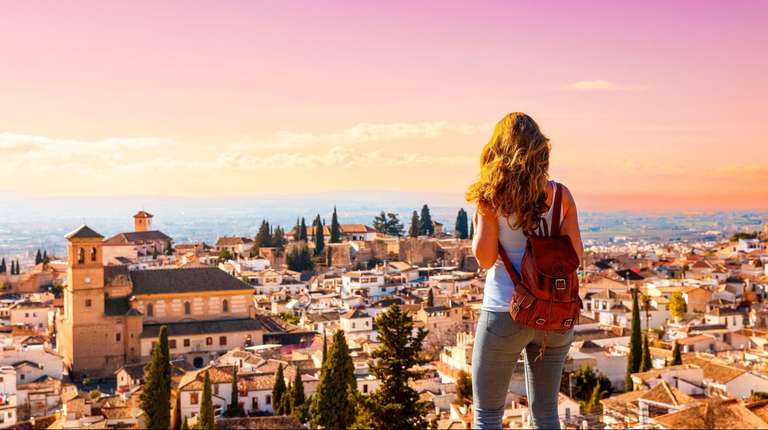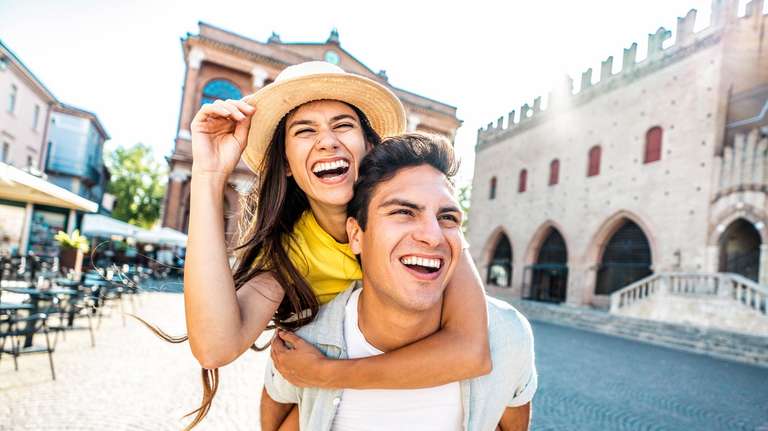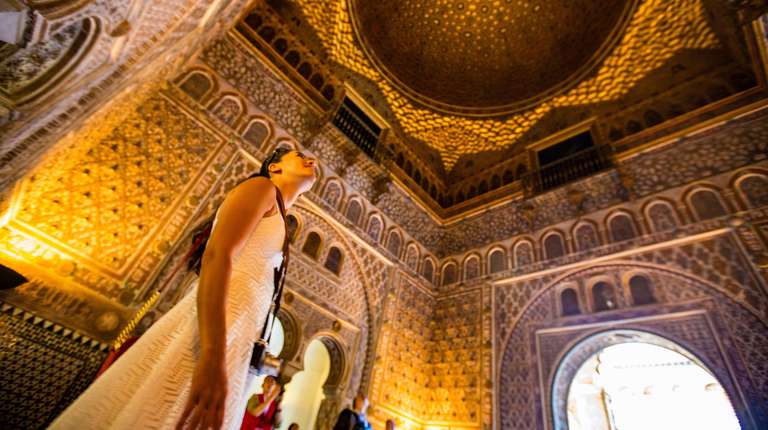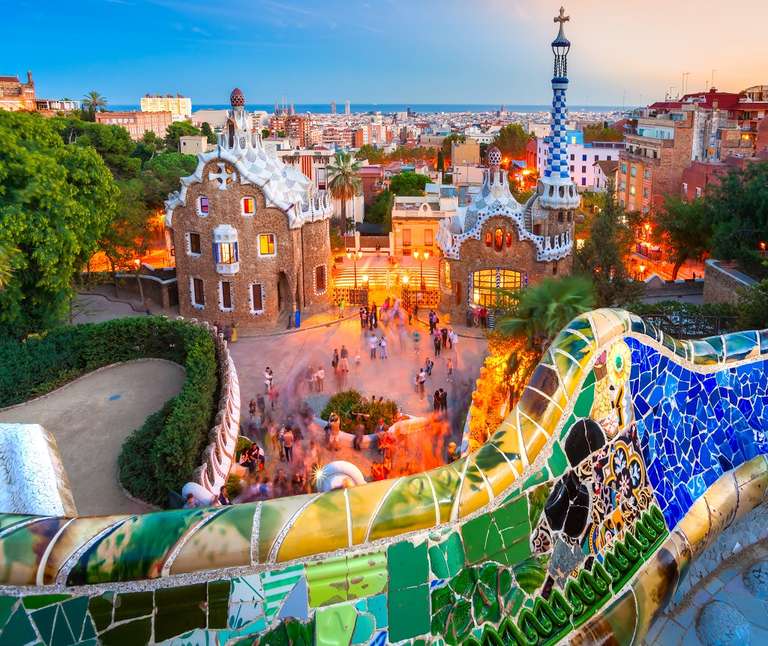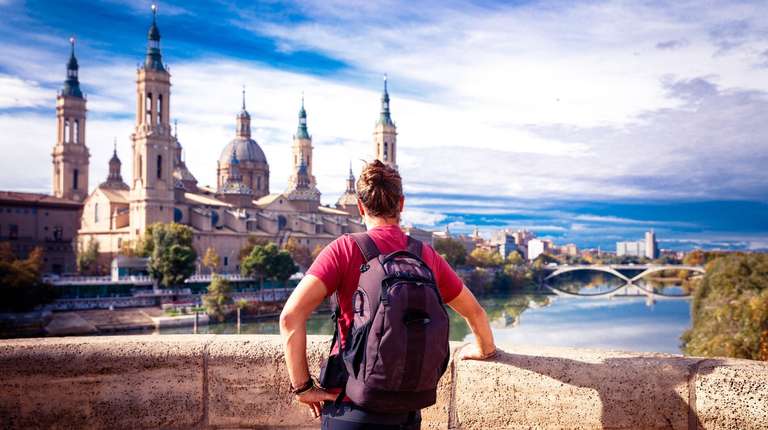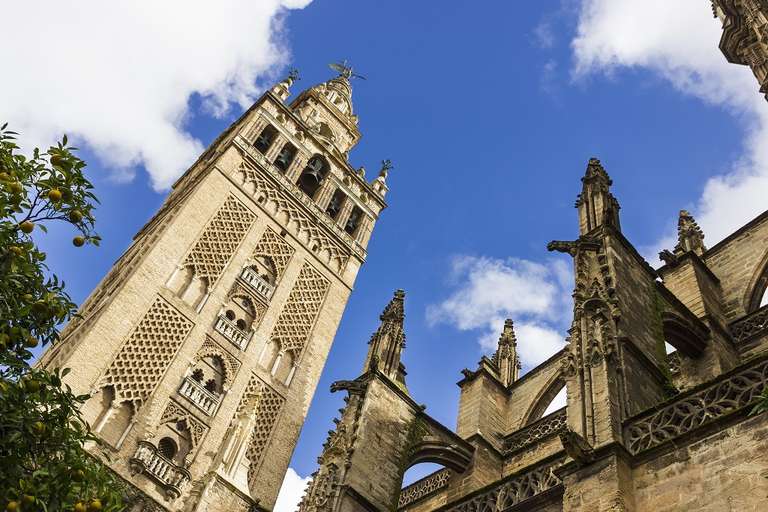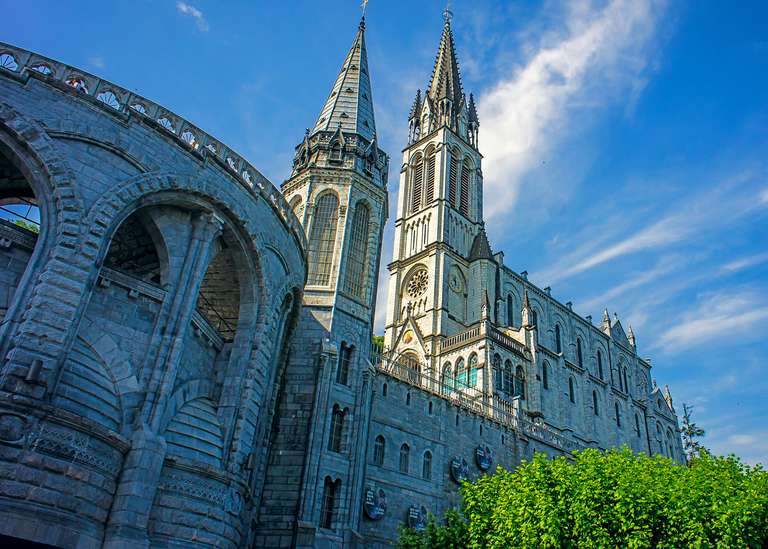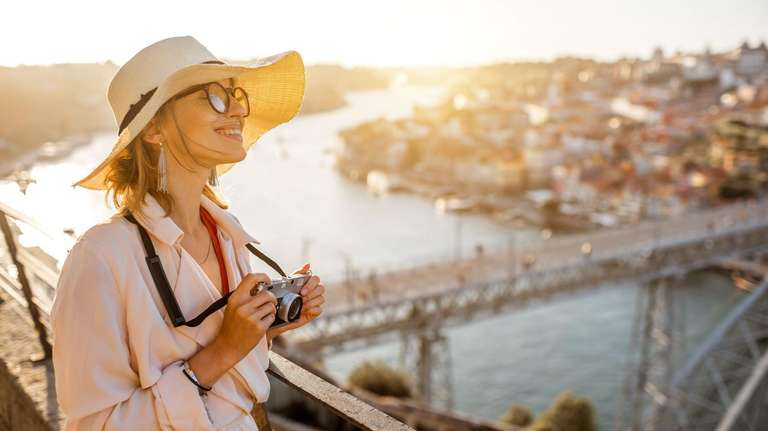Great Mosque of Cordoba: All You Need to Know

- Mariam S
- From
- Mariam S
- From
- Brooke T.
- From
- Olivia D
- From
Quick Facts
| Province: | Cordoba |
| Ticket price: | USD 14 for adults and USD 7.26 for children aged 10-14 years. Prices also vary depending on the attraction, and type of visit. |
| Visitors per year: | 1.5 million |
| Visit duration: | About 2 hours to see everything |
| Opening hours: | 10:00 – 19:00 (Mon – Sat), 8:30 – 11:30 and 15:00 – 19:00 (Sun) |
A brief history of the Great Mosque of Cordoba
It is believed that some 2000 years ago, the site on which the mosque is built was the location of a roman temple dedicated to the Roman God Janus. It was later converted into a Visigoth church. At the time of its acquisition in 784 AD, the site was being used as a multi-faith temple in which Christians and Muslims had been worshipping side by side for over 50 years. The Moorish ruler of Al Andalus, Abd ar-Rahman I, purchased the Christian half in order to build a great mosque which would rival the great mosques of Damascus and Baghdad. In 1236 AD Cordoba fell to Ferdinand the 3rd and in 1538, under the reign of Charles V parts of the original structure was torn down to build a Cathedral.
Ticket Details
Tickets to the great mosque of Cordoba can only be purchased on the spot, on the day of the visit, unless you are part of a guided tour. You will find the ticket office to enter the mosque (now a cathedral) and the bell tower (the converted minaret) in Patio de las Naranges (court of oranges). Tickets cost USD 13 for the mosque-cathedral and about USD 3 for the bell tower. There are also electronic ticketing machines next to the ticket office that are quite efficient and are the quicker option. However, expect queues. In fact there are two: one to buy tickets and one to enter the mosque-cathedral. Unless you are on a guided tour, you have to stay in both lines.
Fortunately, there are no queues to access the bell tower. However, entrance is limited to 20 – 25 people per 30mins timeslot. While tickets are sold until 30 minutes before closing time, this doesn't guarantee a spot in the final slot to enter the tower. Hence, it is recommended to come early.
Night tours of the monument, with limited availability, are available too. Starting with a film about the monument and the city, followed by an audio-guided tour of the complex, it offers visitors a unique perspective. Tickets cost about USD 22 and can be purchased or reserved at the ticket office, online or through El Corte Ingles department store.
Find updated ticket price information on Mezquita Cathedral's official website.
The Visit




In keeping with Islamic tradition, the great mosque of Cordoba is enclosed by a high wall. There are several large, ornately decorated doors through which entrance may be gained. While most of the doors remain closed at least four will be left open and can be used for entrances and exits.
Once inside, you can either visit the bell tower first or keep it for later. We suggest you buy the tickets in advance and then climb up the bell tower for a panoramic view of the complex and the city, at the end of the visit. In the mosque-cathedral itself, there are several points of interest, namely the columns, mihrab, central dome and cathedral. If you wish to attend services note that Mass is held in the central cathedral at 9:30 Monday to Saturday, and at noon and 13:30 on Sundays.
Highlights of the Great Mosque of Cordoba
1. The Doors
There are several beautiful doors, some providing entrance to the courtyard and others to the mosque-cathedral. Some of the doors date back to the original structure, while others were built as part of later renovations. As you enter, take a moment to appreciate the beauty of the doors as a prelude of what to expect inside.
2. Patio de las Naranjas

On passing through the main doorway, one enters the Patio de las Naranjas. The presence of water fountains indicate that this area was once used to perform the ritual ablution in preparation for prayer. There are fragrant orange trees as well as tall palm and cypress trees planted in rows to mimic the columns one finds inside the mosque.
3. The Bell Tower
The courtyard is also home to the bell tower. The bell tower was built around the great mosque's minaret and leaves no doubt as to the structure's current use as a catholic church. At 54 meters in height, you would already have seen the bell tower from a distance. Entrance to the bell tower can be obtained every half hour. The viewing platform, at approximately 40 meters high, offers breath-taking vistas of the city making the bell tower a must-see attraction.
4. The Columns
Once you enter the prayer hall, you will be struck by the many columns (856 to be exact) and the iconic double arches. The columns draw the eye in a continuous line creating the illusion of infinity. In order to make sense of the many columns, bear in mind that they were built to create prayer isles or serfs. Imagine hundreds of supplicants standing shoulder to shoulder amongst the isles, bowing and prostrating in unison. As you explore the columns you will notice that they are made of various materials including jasper, onyx, marble and granite. Take note of these details as you explore the mosque.
5. The Mihrab, Maqsurah and Central Dome
You would have entered the prayer hall from the back. As you near the front of the building you will find the mihrab. This is a prayer niche, ornately decorated in gold tile mosaic said to have been a gift from the Byzantine Emperor. The mihrab usually faces Mecca and indicates the direction of qibla. It is both a focal point of the building and a means to improve spiritual focus. The first few rows behind the mihrab were reserved for the caliph and his court. This area is known as the maqsurah and is topped by a stunning central dome.
6. The Cathedral
When you enter the cathedral, you will notice the stark contrast between Islamic and Christian architecture. The main difference, is the depiction of animate objects in painted and sculpted form. The cathedral incorporates gothic, renaissance and baroque elements. It is situated in the heart of the mosque and while beautiful in its own right it includes a number of disparate elements, juxtaposed against the backdrop of Mujedar architecture. Although somewhat incongruous to the rest of the complex, it is reminiscent of the great Christian works of Rome and Venice and is nonetheless beautiful.
Rules
The mosque-cathedral should be treated as a religious monument, and as such, certain rules should be observed. Some general rules include;
- Dress appropriately
- Talk quietly
- Refrain from running or racing
- Large groups are required to make use of headphones
- No photos or videos of religious services are allowed
- Large items of luggage are not allowed
A full list of rules is available on the monument's official website. Also, while it is referred to as the mosque-cathedral, it is currently a Catholic church and Islamic practices such as azaan, wudhu and salaah are not allowed.
Good to know
- From Monday to Saturday, from 8:30 to 9:30, entry to the great mosque of Cordoba is free.
- The monument is best appreciated during the early hours of the morning, so if possible try to arrive in Cordoba the night before your planned visit and get an early start.
- Some of the most interesting nearby sites include Alcázar de los Reyes, the Arabian Baths, Puente Romano, the Calahorra Tower, the City Wall, the Botanical Garden and the Museum of Archaeology.
- There are many exciting festivals which take place in Cordoba throughout the year including Carnival, Holy Week and the Courtyards Festival. It's wise to find out what's happening in Cordoba during the time you plan on visiting to see which activities you can work into your schedule.
Today, Cordoba is a lively and modern hub with a friendly and welcoming population who embody the principles of enlightenment and tolerance of the city's distant past. The great mosque of Cordoba is well worth a visit and is best seen in the company of a knowledgeable tour guide, preferably as part of a comprehensive Great Mosque of Cordoba tour and incorporating the many beautiful sites of the old city.




